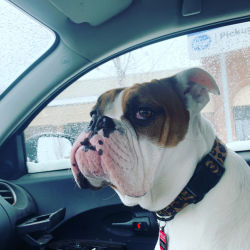Origins and Temperament
Bred by the Mahlemut Inuit tribe for strength and endurance, the Alaskan Malamute is an iconic breed with roots as a sled dog in harsh Arctic conditions. Their history as pack animals has instilled a strong sense of camaraderie, making them friendly and affectionate with families. While generally placid and loyal, Alaskan Malamutes can exhibit a stubborn streak, necessitating patient and consistent training. Their independent nature and love for people make them less suited for isolation, an important consideration for travel arrangements.
Size and Physical Needs
Alaskan Malamutes typically weigh between 75 to 85 pounds, standing up to 26 inches at the shoulder. Their robust build and thick coat demand regular exercise and can adapt poorly to extreme heat, therefore transit must be spacious and well-ventilated. A calm environment during travel is essential, as cramped or overly warm conditions can distress these active dogs.
Common Health Considerations
Alaskan Malamutes are generally healthy, but they can be prone to hip dysplasia and bloat, a rapid accumulation of gas in the stomach. When traveling, updated health documents and knowledge of the nearest animal hospital are indispensable. Furthermore, drivers should be aware of the breed's susceptibility to zinc deficiency and have an understanding of its dietary needs.















